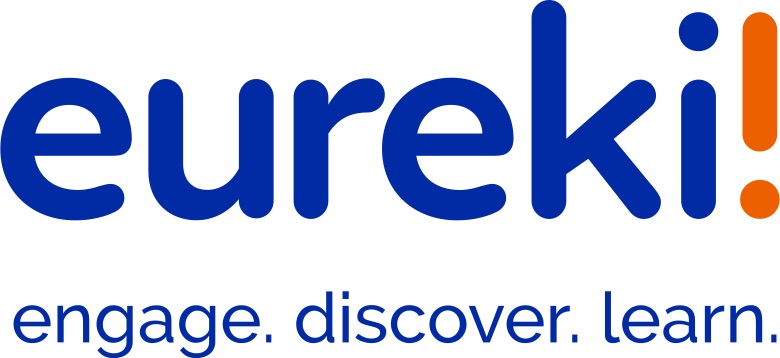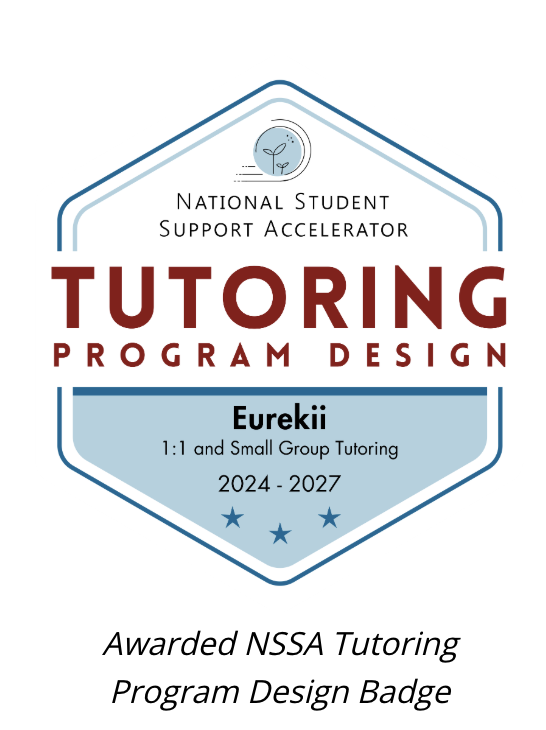High Impact Tutoring and Culturally Responsive Teaching: A Path to Overcoming Racial Trauma in Math Education
There is no doubt that students of color (BIPOC) are at a higher risk of experiencing repeated racial trauma throughout their lives. Sal Griggs, a professor at South Carolina University, notes that schools contribute to this trauma by imposing harsher penalties, exhibiting teacher bias, and stigmatizing Black students as behaviorally challenged (Ura & D’Abreu, 2022; Kelly, 2020; Span, 2020).As a high-impact math tutoring provider, we’ve seen this firsthand. BIPOC students often show signs of racial trauma, such as arguing with teachers and peers, withdrawing from participation, distracting themselves and others with hyperactivity, and detaching in general. Some of the adults working with these students may have experienced this trauma themselves and unknowingly pass it down.Addressing this issue requires focus and training across many levels. However, we wanted to share a few key recommendations from research that should be implemented in math classrooms to mitigate these challenges.
Focus on Strengths
Too often, students are told about their deficits, particularly in math. Math learning often comes with math anxiety, which can paralyze the brain and hinder learning. Instead of highlighting what they don’t know, start with what they do know and build from there. Students have many strengths and personal experiences to draw from.
Build Trust and a Safe Space
Positive spaces and consistent classroom routines help create a safe environment for learning. Establish trust by being open and transparent about the class goals. Engage with caregivers to build a connection and ensure they trust you with their students’ education. In a math classroom, use language that welcomes mistakes as learning opportunities and encourages dialogue without regard to right or wrong answers. Include students in setting goals for themselves and the class.
Provide Context, Relevance, and Choice
Give BIPOC students choices about what to start with, incorporating culturally relevant topics and providing visual and concrete context to build connections and engagement. For example, when discussing exponential growth or decline, use interesting contexts such as social media, population, income disparities, and other real-world experiences that impact their everyday lives. They will begin to see math as a tool to model real-world scenarios that matter to them.
Become a Warm Demander
This term, used in several educational books, describes how educators need to be warm in their approach yet maintain high expectations for their students, especially those who are underserved. Do not lower your expectations but gently, persuasively, and consistently let students know you support them because of their unlimited capacity to learn. In math class, this often starts with multi-step problems that require grit, problem-solving, and critical thinking, which some teachers shy away from because they do not think students can handle them.
Be Flexible and Open
Listen to and watch for BIPOC students’ verbal and nonverbal cues and adjust to their needs. Provide multiple entry points so everyone has something to contribute. For example, in math, start with a problem with no numbers or a visual for them to list what they notice. Pose an interesting question to discuss. Have them journal about their math experiences and goals. Encourage dialogue and sharing because the math will come with engagement and interest first. Lecturing to a room where no students are listening is not effective.
As a high-impact math tutoring provider, we are constantly training our tutors on ways to be more relatable to students beyond math. As a result, all our schools have seen student outcome increases due to these efforts. We know that putting students’ needs first is paramount to their learning.
As caregivers, teachers, and those involved in educating students from culturally diverse backgrounds, we must acknowledge our own biases. We must be open to having challenging discussions and addressing uncomfortable topics. Imagine the possibilities if all students felt safe, heard, and believed in their unlimited potential.
By embracing high-impact tutoring and culturally responsive teaching, we can make a significant difference in the lives of our students, helping them overcome racial trauma and achieve academic success.






